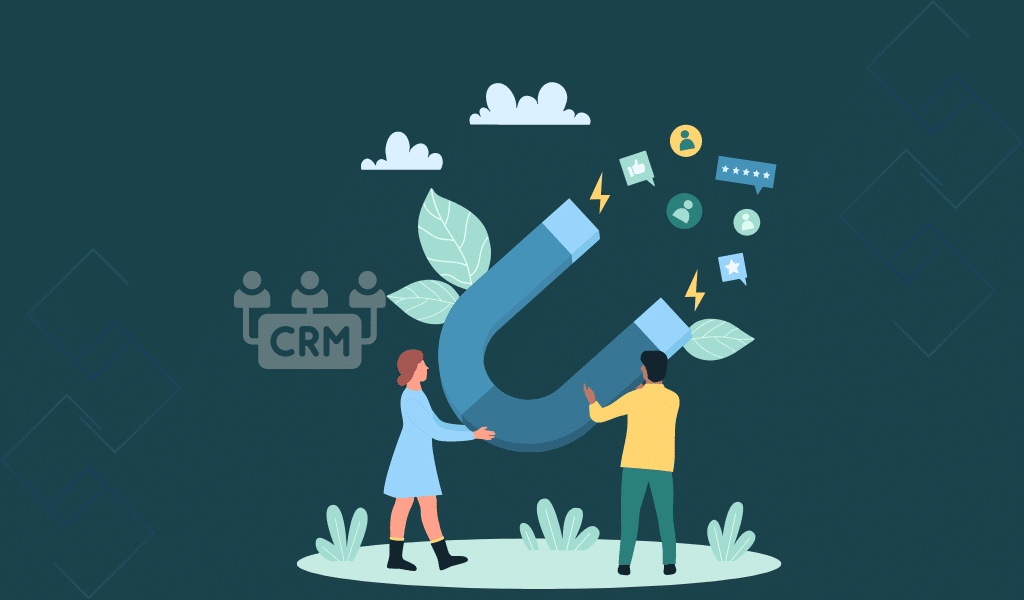In a data-driven world, the need for a data lake to deploy business intelligence using a predictive data analytics strategy is essential. To simplify the decision-making process, we require better data management for accelerating business growth. Organizations are looking to modernize their business intelligence tools and have started to adopt the concept of data lakes.
What is a Data Lake?
A data lake is a storage repository that holds a vast amount of raw data in its native format until it is queried. While a hierarchical data warehouse stores data in files or folders, a data lake uses a flat architecture to store them in either a structured or unstructured way.
A data lake is pivotal in data management. It simplifies the process of getting data across the enterprise and pulling it into operational business reporting. Data lakes provide an agile and inexpensive environment to store and process data at will. It will prove beneficial for business analysts who seek a more targeted and predictive analysis of organizational data.
What are the benefits of a Data Lake?
- Data is ingested from across the enterprise with greater efficiency because it is stored in the raw and unfiltered form. This is different from the stand-alone Data Warehouse, where data is first transformed and cleansed to be structured.
- Design-Analysis-Build development cycle takes just 1-2 weeks instead of 6-12 months when using data warehousing techniques.
- A reduction in deployment cost is possible with an increase in efficacy. This happens because there is a minimal requirement for running ETL programs, data modeling, and integration.
- Data Lakes enable frequent testing and analysis with changing business conditions.
- Data Lakes provide an overall low-cost Business Intelligence environment. This helps in identifying additional queries and metrics.
How will Data Lake improve Business Intelligence?
Modern business intelligence data management focuses on increasing the value and thus the impact of the intelligence investment. A data lake can upgrade your Business Intelligence solution by providing greater efficiency for processing data.
Business Intelligence involves sourcing operational business information and translating them into technical solutions. To convert the raw data into meaningful information, design metrics, data models, Extract, Transform and Load processes are used. After this process, the modern BI information is fed to an analytics database. A real-time centralized dashboard visualized the data for business reporting purposes. The end goal of the process is the make informed and smart decisions based on the operational data.
Conclusion
In the finance and legal industry, the role of big data is to mitigate money-related risks, increase productivity and improve customer service. In conclusion, business reporting is beneficial in generating insights that help in creating a strategy for business growth.




